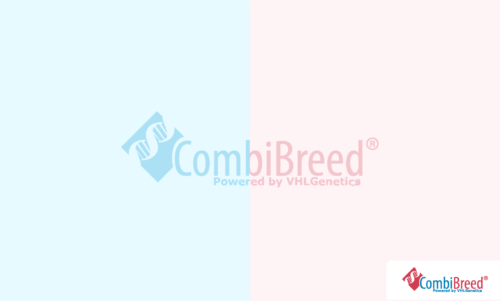
€57,48 €47,50 IVA esclusa
Only available in bundles
Coat colour in dogs is controlled by a wide range of different genes working together.
Working days 10
Only available in bundles
Specifiche
| Breeds | |
|---|---|
| Gene | |
| Organ | |
| specimen | Swab, Blood EDTA, Blood Heparin, Semen, Tissue |
| Mode of Inheritance | |
| Chromosome | |
| Also known as | |
| Year Published |
Informazioni generali
Coat colour in dogs is controlled by a wide range of different genes working together. These genes are often referred to as ‘loci’. The Extension, or E-Locus, corresponds to the gene ‘melanocortin 1 receptor’ (MC1R), which is involved in the regulation of pigment production. Mutations affecting the E-locus often result in a lightening of the coat, from black or brown to red, yellow or even white.
This E-locus variant, designated as e^2, is a recessive mutation observed in the Australian Cattle Dog. Related variants are known to occur in the Irish Setter, Labrador Retriever, Golden Retriever, and in the Husky.
Caratteristiche cliniche
Affected Australian Cattle Dogs (e/e) have a cream coat colour instead of the breed-typical blue or red.
Informazioni aggiuntive
Coat colour is an intricate trait that involves a combination of multiple different genes. Testing for a range of different loci will give the most complete prediction of a dog's coat colour genetics.
Riferimenti
Pubmed ID: 29932470
Omia ID: 1199
